Author Q&A – Chris Taylor
Since writing my book ‘Test Pilot’ and its publication in March 2022 I have been asked numerous questions about my test flying – particularly the aircraft I have been fortunate enough to fly. I have listed just some of the questions I’ve been asked in recent days and the answers I’ve provided.
What is the best aeroplane I have flown?
Again, as with helicopters, this should be easy to answer but in fact it’s not. It so much depends on the context of what the aircraft is being used for. I should probably have a soft spot for the Cessna 150 and Cessna 172 as this was the first type I learnt to fly back at the Ipswich School of flying in 1975 – one of the best summers on record. I had gained a Royal Navy Flying Scholarship and, with a few extra pounds from my parents, had my private pilot’s licence (PPL) before I could drive! I continued to keep my PPL current by joining a more local club at Blackpool. I chose Blackpool, rather than Manchester (Barton), because it was sited in unrestricted airspace, I could fly up the beach and back without getting lost and Blackpool Tower was the very best of visual references, even in poor weather. I went on to join the Royal Navy on a University Cadetship and each Easter holiday I would be invited down to Plymouth Airport to fly the venerable de Havilland Canada DHC-1 Chipmunk T.10. At the time I found this a very challenging aircraft to master. Learning the checks was something both new and difficult and, compared with the Cessna, keeping the thing straight on take-off and landing was achieved more by luck than judgement. Each summer, we PPL holders would fly six of the aircraft down to Périgueux, in the South of France. I have no idea why we went there but it was a fantastic experience albeit we again had to keep some crusty FAA instructors happy along the way. One of the most crusty was an F4 Phantom pilot who went on to fly Harriers during the Falklands conflict. I can still remember vividly the almighty bollocking I got for not having added some missing details to our MOD issue maps of France! After having flown helicopters for a while I had learned to use my feet for what they were intended and I suddenly discovered that keeping a Chipmunk straight on take-off wasn’t that difficult after all! I joined Number 2 Air Experience Flight at Hurn, Bournemouth and spent Saturdays and a couple of weeks of my summer leave flying air cadets around. And I came to really love the aircraft. It always smelt of a Second World War aircraft and had an instrument panel equipped with Spitfire generation instruments. Flying down railway tracks in France, or barrel rolling at 2g, I could easily imagine myself as ‘one of the few’ for a few brief moments every now and again. So the Chipmunk is a definite contender.
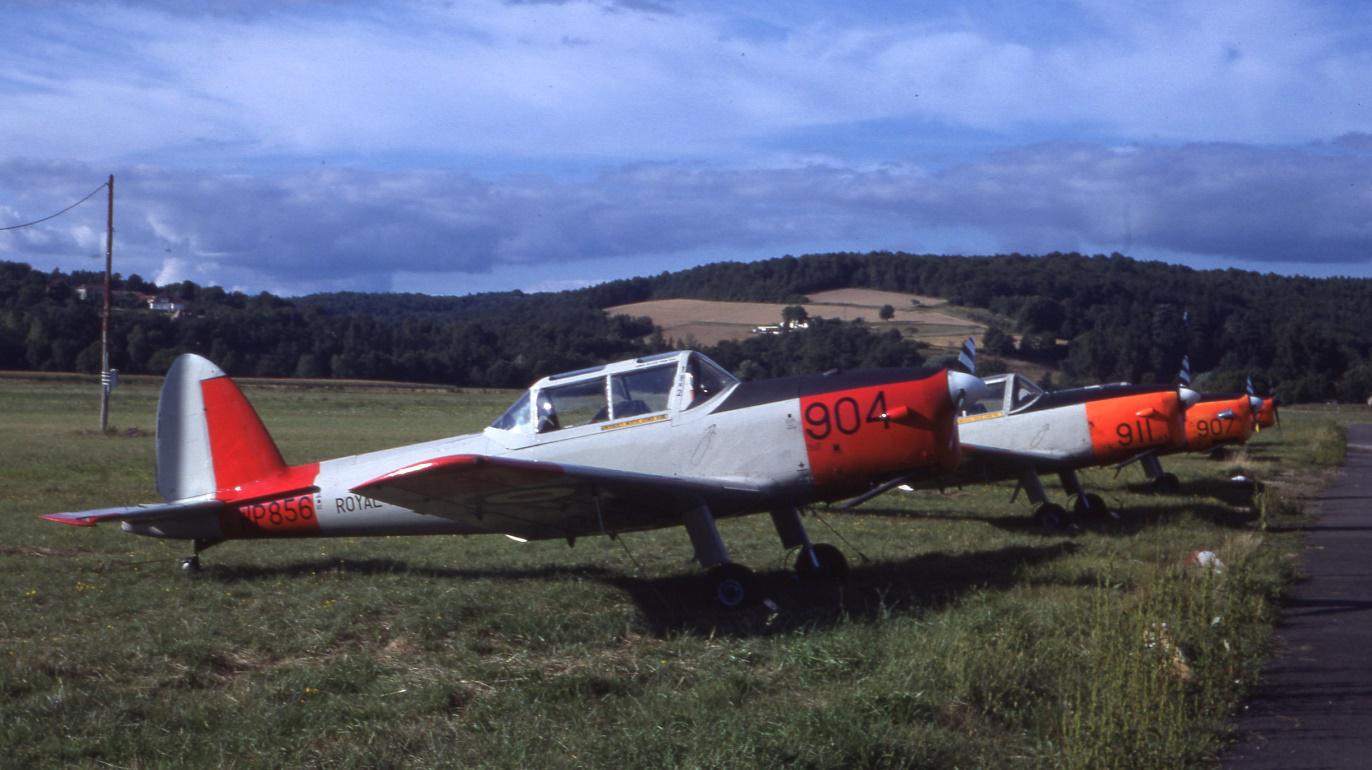
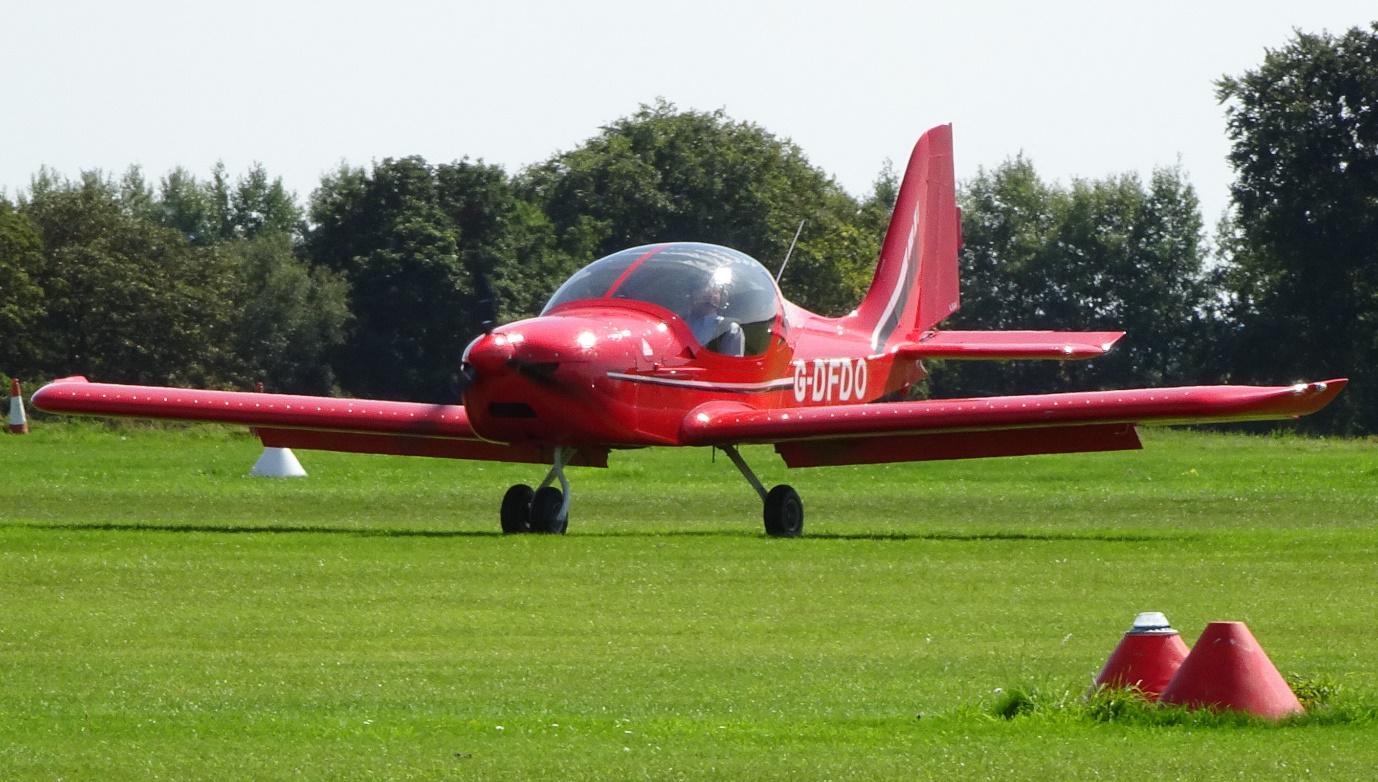
But what about the Spitfire itself? I test flew a two seat version a couple of times. It is without doubt one of the most iconic single engine piston aircraft. It was a real treat to be flying past Stonehenge, on a perfect day, watching my beautiful elliptical wing tip slide gracefully past the stones. Two amazing historic visions cheek by jowl. However the experience of flying the Spitfire was eclipsed for me, as a Fleet Air Arm Pilot, by flying the Sea Fury. This type was introduced into service after completion of the Second World War but arguably benchmarked the pinnacle of such fighter aeroplane designs. Many are still being flown to take-part in air races in the USA with massive amounts of horsepower on tap. Like the Chipmunk I found the Sea Fury an absolute delight to fly. It had a simple to operate power lever that also controlled the propeller and my Chipmunk aerobatic sequence could be flown with equal grace. That said, my relatively low g and low airspeed ‘cadet-compatible barrel roll’ had me flicking through 180 degrees as I unexpectedly achieved an accelerated stall! I still get goose bumps when I look at the photo of me unfolding the wings.
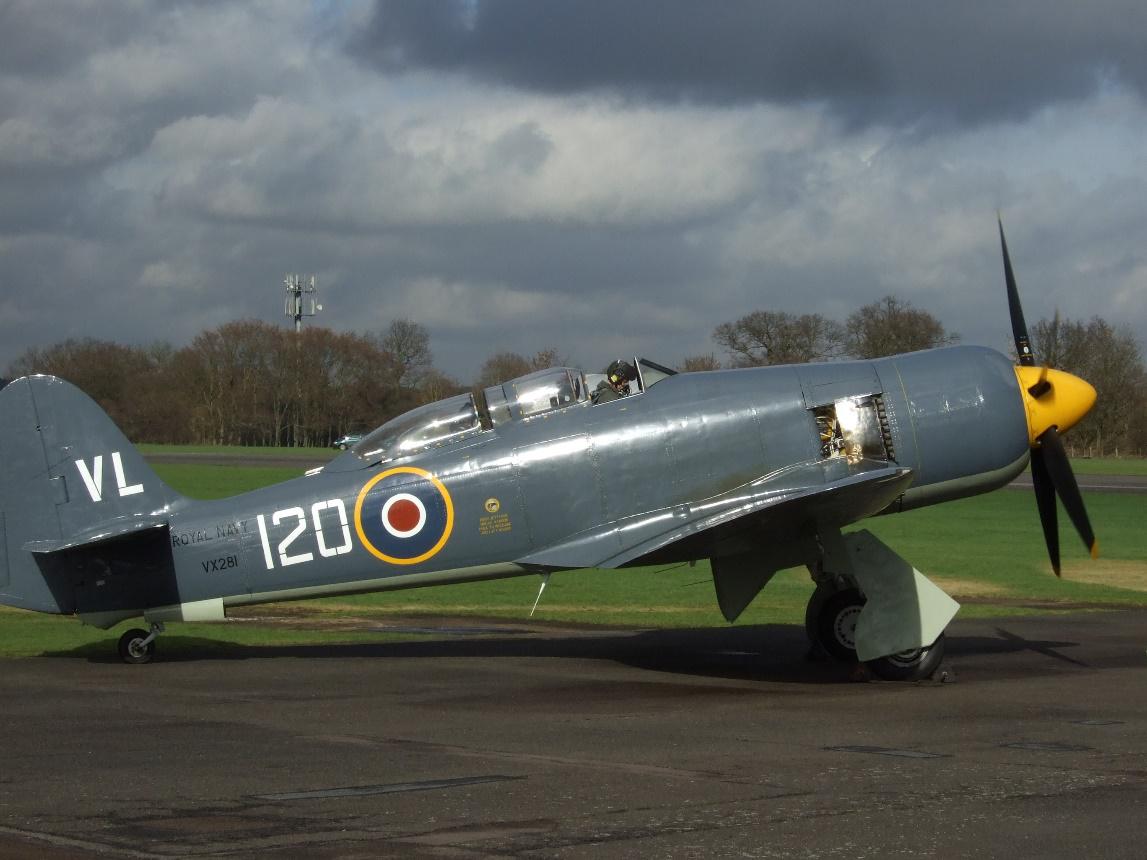
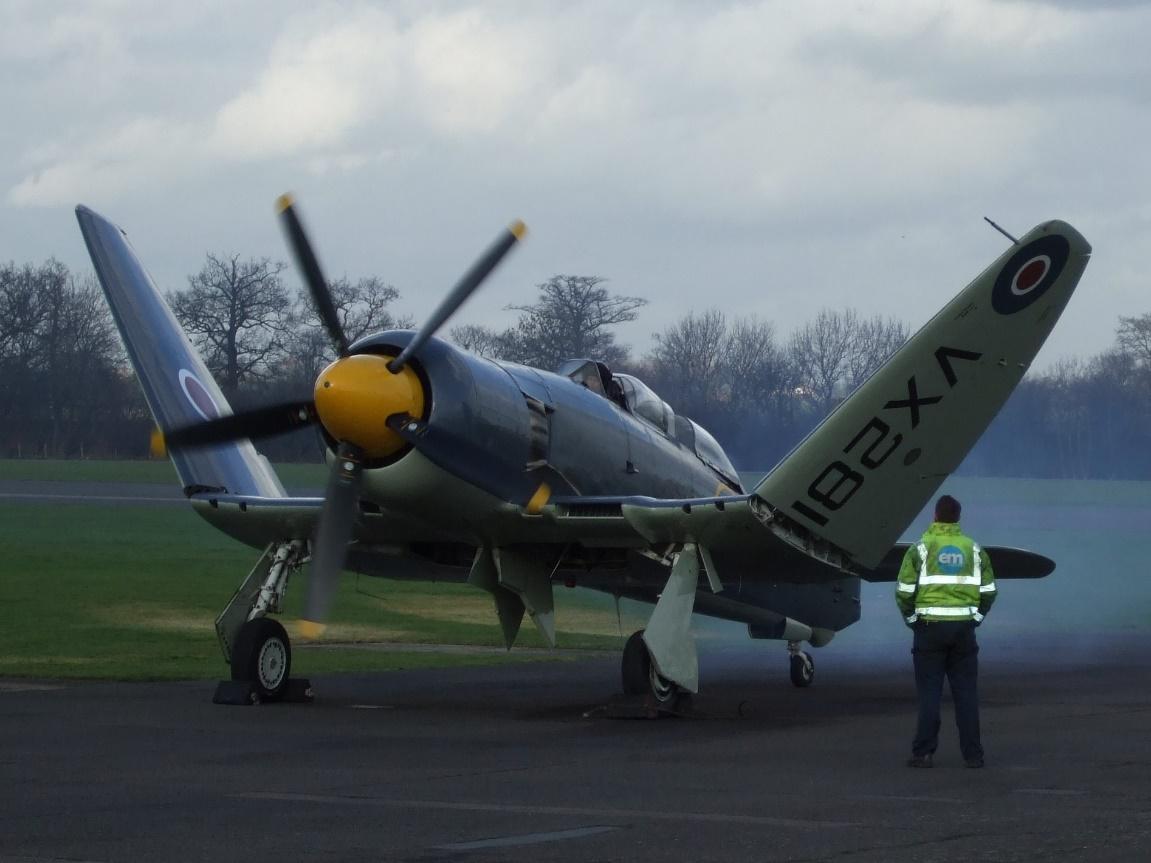
Meanwhile what do I fly these days? Well some time ago I purchased a share in an Evektor Eurostar SL microlight aeroplane. The aircraft is only a two seater and day VMC only – so no flying in bad weather. But it gets airborne in no distance at all and can fly for an hour on about 15 litres of fuel even when cruising at around 100 MPH. This is the aircraft I’ve been able to fly my family around in safely and economically and with a great field of view, and delightfully light control forces, it’s fun to fly. BUT it can’t go upside down, or fly at night or fly in cloud and it really doesn’t like being faced with too much cross-wind on landing.


Perhaps I should include the Ryan ST-3 which is fully aerobatic and very easy to land with an amazing undercarriage geometry. And if it’s ‘easy to land’ you are after then pride of place has to go to the Fiesler Storch. It can fly incredibly slowly and has very benign stalling characteristics. It has massive long stroke oleos on long spindly undercarriage legs which mean it’s possible to land without knowing you made it on to the ground. But its climb performance is woeful and its maximum speed in the cruise leaves it being overtaken by the average garden Tortoise!

I can’t complete this answer without including my experience of flying various jets. I have been very fortunate that, despite my rotary wing roots, I’ve flown more fast jet types than most fast jet pilots get their hands on. I’ve flown several varieties of Jet Provost and Strikemaster which I have to say I always found a pleasure to fly apart from suffering a number of engine shutdowns when inverted. The Vampire I found easy to operate and fly but I confess I worried about the implications of roaring around the sky at great speed in an aircraft built mostly of wood. If I’m honest, my favourite jet has to be the Hawk T.1. I first flew the type as a student at ETPS and the experience was literally unforgettable. It was easy to start, a joy to fly and within minutes after take-off I had zoomed through the layers of cloud to really slip the surly bonds of Earth and dance the skies on laughter-silvered wings; Sunward I climbed, and joined the tumbling mirth of sun-split clouds, — and did a hundred things you have not dreamed of – wheeled and soared and swung high in the sunlit silence. Looping and rolling there, I chased the shouting wind along, and flung my eager craft through footless halls of air….
I was fortunate enough to have a Fleet Air Arm mate who flew Hawks in support of RN ship training. I spent many a happy hour at 50 feet above the sea at 400 KIAS beating up various ‘grey funnel line steamers’ off Portland and Plymouth – what was not to enjoy?!

Given the recent demise of the Hawk it is unlikely I will get chance to fly the type again and of all of the other aeroplanes I’ve mentioned in this blog, the invitation, that would most get my attention, would be the offer of another chance to fly the Sea Fury.

…………………………………………………………….
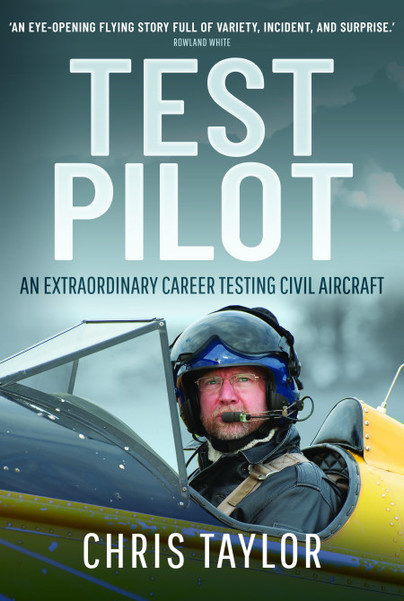
Test Pilot is available to order here.

